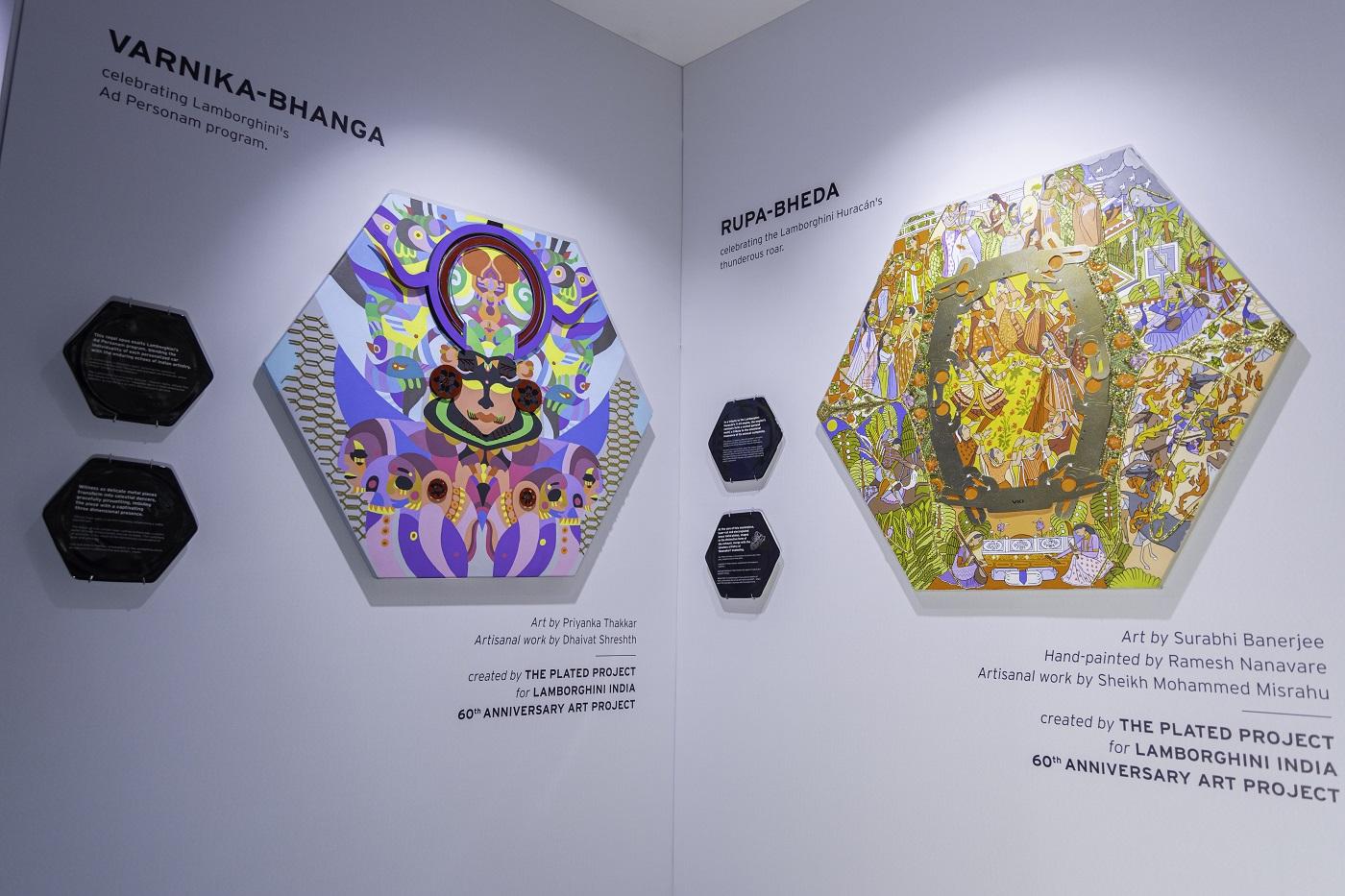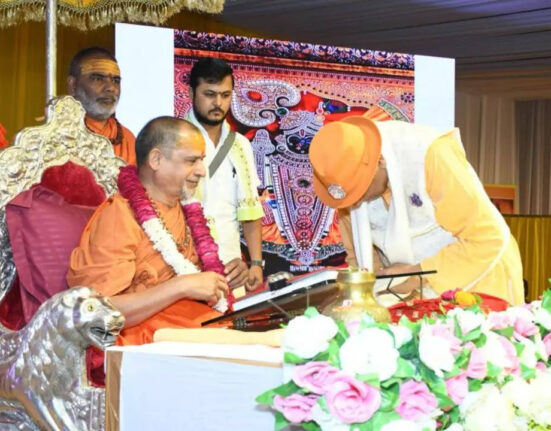Artist Simran K S Lamba’s paints with a material that is commonplace and not thought of as ‘art’: Coal tar. “My association with tar and allied media started in 2006 when I was waterproofing the terrace of our house and I stumbled across the latent potential that was in this industrial agent,” he says.
“Everyday materials transform into a space where the subtleties of these materials echo in various ways, giving them a new life as a piece of art,” he says about his new exhibition called ‘TAR-ART An Anagram of My Life’.
Mixed media is the flavour of the season in Indian art. Coal tar, ropes, nails, metal discs and wax would be ordinary, utilitarian objects to people, but for artists like Lamba they are creative fuel.
What is art
“Today, everything from photography to sculptures and digital prints and even video films qualify as art, apart from just traditional canvas art. The horizons of art are expanding by the day,” she says.
Even food plates qualify as art. To celebrate the 60th anniversary of luxury sports carmaker Lamborghini in India, décor company The Plated Project created a limited edition of 100 miniature porcelain collectible plates. “Lamborghini is not just one more car brand. Each car has a history and it stands for precision and at the same time, graceful feminine beauty apart from power and strength. It was about taking something literal and combining it with something lateral,” says Chitresh Sinha, the founder of Plated Project.
“During our research work we stumbled upon the concept of Shadanga, six limbs of Indian art. These six limbs stand for six decades of excellence and represent elements of grace, proportion,” he says.
The domestic sale of Indian art through auctions doubled between Financial Year 2018-19 (FY19) and FY23. As many as 1,464 pieces of art worth Rs 717 crore were auctioned in FY19. In FY23, over 3,800 pieces were sold for Rs 1,146 crore, ‘Business Standard’ reported in September.
Investment value
An artwork must resonate with you as an investor. Artist Varunjai Sahni says paintings in his solo exhibition called ‘Sarvam’ in Delhi “depict the inner soul”.
“It can’t be black and white and has to be multicoloured. Every inner soul is multi-dimensional. Through my artwork, I invite viewers to embark on a journey of self-discovery and healing,” he says.
Investors should look at the body of work of an artist and visit their shows. “Buy from a well-known gallery and see enough of an artist’s work that you are familiar enough with their oeuvre before you decide to acquire that artist’s work. Galleries are very happy to encourage young first-time buyers and will often extend payment terms so young collectors can pay over a period of time,” says Shivajirao Gaekwar, Sotheby’s specialist in modern and contemporary Indian art.
Pricing is a difficult task for emerging artists who may not be experts in the economics of the art business. There are thumb rules: Acrylics on canvas are usually worth more than graphite on paper and both are worth less than a large, stainless-steel sculpture.
“Pricing is a culmination of many things and one of them is also experience or years of practice. A new artist who is establishing himself versus an established artist are two different things,” says gallerist Kapur.
An artist would say that their work challenges, comforts or provokes. That could be true but an art’s value changes with time and taste.
| Art | Price (In Rs) |
| Art prints | 10,000- 1 lakh |
| Digital art, documentary, photography | 50,000- 5 lakh |
| Textile | 50,000-10 lakh |
| Sculpture | 2 lakh–50 lakh |
| Upcoming artists | 20,000–2 lakh |
| Contemporary artists | 5 lakh–1 cr |
| Modern masters | 70 lakh–5 crore |






